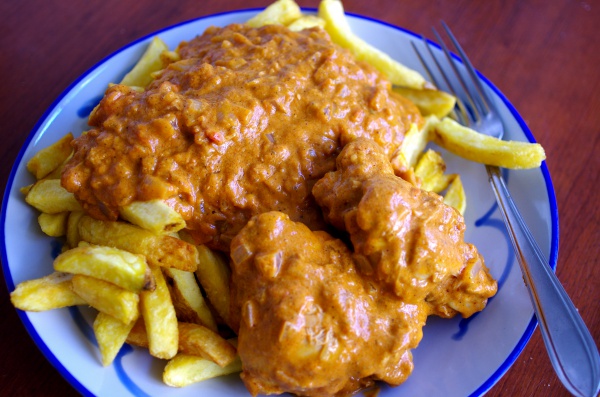Facts About Moambe
Palm butter, also known by various names such as palm cream, moinbe, mwambe, or nyembwe, is a staple in African cuisine. Made from the pericarp of palm nuts from the African oil palm tree, this essential ingredient is widely used in stews and sauces. It is frequently paired with peanuts, peanut sauce, or peanut butter. While chicken is a popular choice, other meats like beef, fish, mutton, and even wild game such as crocodile or venison are commonly used as well. Moambe chicken, in particular, is so cherished that it is considered a national dish in three African countries.
The process of making palm butter is somewhat involved. It begins by boiling and pounding the palm nuts, after which the resulting pulp is mixed with water and sieved, and then boiled again. For convenience, canned palm soup base, known as sauce graine or noix de palme, can be used as a time-saving alternative.
Different regions have their own unique interpretations of dishes made with palm butter:
- Gabon: In this region, the sauce is called nyembwe and is a key ingredient in Nyembwe chicken, a national specialty.
- Republic of the Congo: Here, the sauce is known as moambé or mwambe. Moambe chicken is a beloved national dish.
- Democratic Republic of the Congo: In the western parts of the DRC, the sauce is referred to as mwambi or mwambe, and Poulet à la Moambé is celebrated as the national dish.
- Angola: The Angolan version, called muamba de galinha, is also a national specialty. It is often served with funge, a manioc purée, and is sometimes made with fish.
These regional variations highlight the rich culinary diversity and the cultural significance of palm butter across different African cuisines.

 Zambia
Zambia